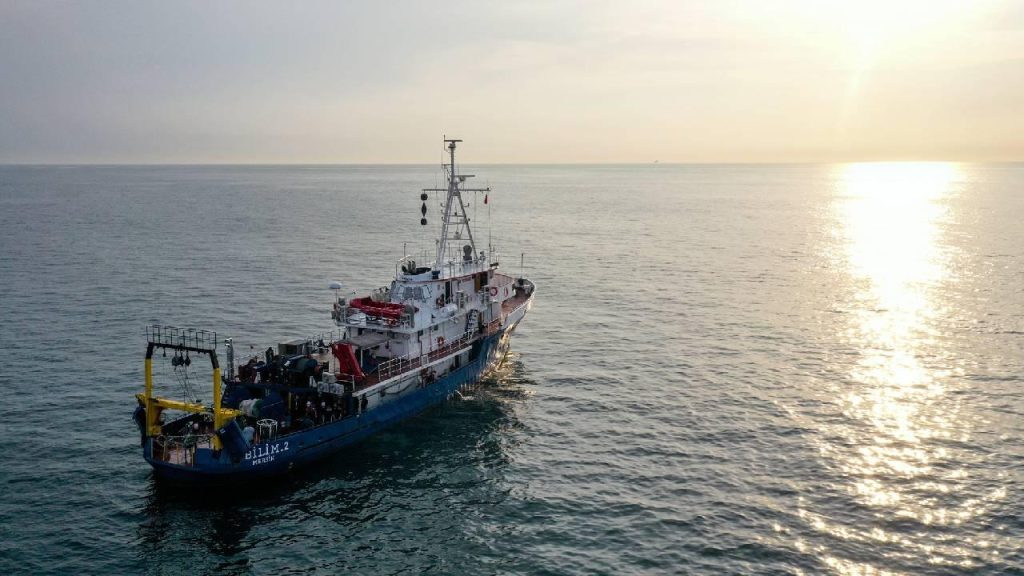In recent years, the Marmara Sea has been facing increasing environmental problems. Rising sea temperatures, unchecked pollution, and the spread of oxygen-depleted areas are seriously threatening the marine ecosystem. Recent research has shown that oxygen levels in the last 30 meters of the Marmara Sea are dangerously low. This has negative effects on marine life and disrupts the balance of the ecosystem. Additionally, increasing sea temperatures have caused some marine animals to migrate or change populations.
As a result of environmental problems in the Marmara Sea, in recent years, a bitter experience such as mucilage was witnessed, greatly affecting marine life in the sea. So, is the Marmara Sea really dying, with the Istanbul Strait passing between the Aegean Sea and the Black Sea? Can a sea die? We spoke with Prof. Dr. Barış Salihoğlu, Director of the Middle East Technical University Institute of Marine Sciences, to discuss the details.
Prof. Dr. Salihoğlu firstly points out the problems the Marmara Sea is facing, stating that the sea is becoming increasingly fragile. Oxygen levels are very low at approximately 25-30 meters deep in the Marmara Sea. As a result, biodiversity has decreased, ecosystem resilience has diminished, and habitat loss has occurred. This has made the ecosystem unhealthy and it is no longer possible to benefit from many ecosystem services.
Prof. Dr. Salihoğlu explains that the concept of a “dead sea” may not be scientifically accurate, but seas can become unhealthy due to factors such as oxygen loss, biodiversity loss, and habitat loss. He emphasizes that increasing temperatures, oxygen depletion, unsustainable fishing practices, and excessive coastal development have made the Marmara Sea vulnerable on many fronts.
He also discusses the term “dead sea” used for some seas, giving the example of the Black Sea, where oxygen is absent below approximately 100 meters. However, he states that living organisms can still exist in oxygen-depleted environments, but those requiring oxygen for respiration cannot survive. Therefore, seas with extreme pollution, oxygen depletion, significant habitat losses, and dominance by certain species adapted to these unhealthy conditions can be considered “dead seas.”
Regarding efforts to improve the health of the Marmara Sea, Prof. Dr. Salihoğlu mentions ongoing projects, such as creating a digital twin of the sea. This allows for predictions about the current state and future of the sea. He explains that they are currently creating a digital twin of the Marmara Sea in cooperation with the Ministry of Environment, Urbanization, and Climate under the MARMOD project’s umbrella. Additionally, with the support of the Presidency’s Strategy and Budget Directorate’s DEKOSIM project, they are using AI models to understand the current state of the sea and explore scenarios for making the Marmara Sea healthier in the future.
To prevent the Marmara Sea from deteriorating further, Salihoğlu emphasizes the importance of ecosystem-based planning. He suggests reducing pollution entering the sea from both oily and point sources by at least 50%. He also recommends declaring the entire Marmara Sea as a protected area and restricting fishing activities to ensure a more ecosystem-based approach. Ultimately, transitioning to a completely ecosystem-based structure for all human activities in the Marmara Sea would be ideal for its conservation.


